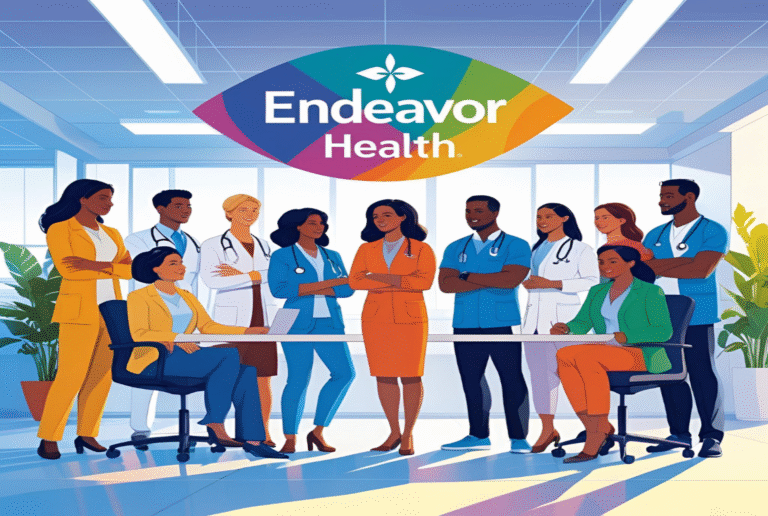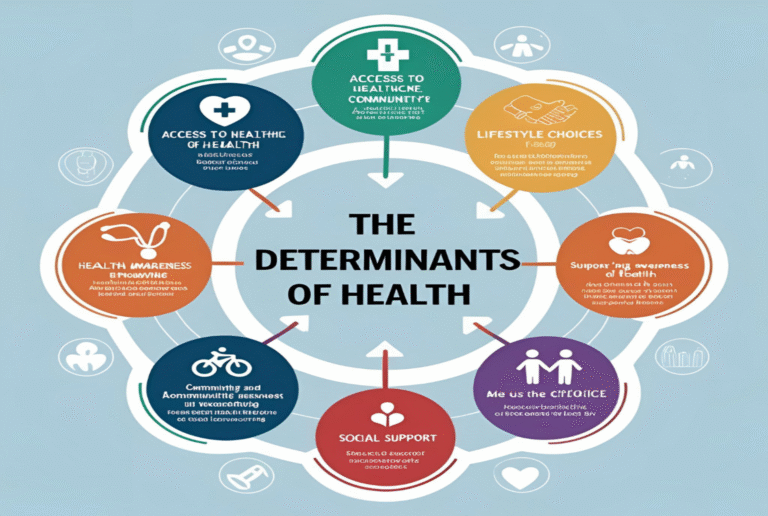Health Allowance Card
Health Allowance Card: A Game-Changer in Modern Healthcare Access
Health Allowance Card In the ever-evolving landscape of global healthcare, affordability and accessibility remain two critical challenges faced by millions. While technology has made remarkable strides in diagnosis, treatment, and patient care, the economic divide continues to dictate the quality of health services one receives. In this context, the Health Allowance Card emerges not merely as a financial instrument but as a revolutionary bridge connecting vulnerable populations with essential medical services.
What Is a Health Allowance Card?
At its core, a Health Allowance Card is a preloaded card—physical or digital—issued by governments, employers, insurance companies, or NGOs, which allocates a specific amount of money or credits strictly for medical and wellness-related expenses. Think of it as a health-specific debit card, often accepted across a network of clinics, pharmacies, hospitals, and wellness providers.
Unlike traditional health insurance, which primarily reimburses or co-pays after service, a health allowance card provides upfront financial support. This approach empowers the cardholder to make decisions on their own terms, reducing the administrative red tape commonly associated with insurance claims.
How Does It Work?
A health allowance card typically operates on a straightforward model:
- Issuance: Individuals receive the card from a sponsoring entity—government bodies for welfare programs, companies as part of employee benefits, or NGOs for specific vulnerable groups.
- Funding: The card is loaded monthly, quarterly, or annually with a fixed allowance.
- Usage: The card can be swiped or tapped at accredited healthcare providers, including general practitioners, specialists, pharmacies, diagnostic centers, and sometimes even mental health or wellness services.
- Restrictions: Usage is often confined to approved medical categories, preventing misuse.
- Tracking: Transactions are monitored for transparency, with periodic audits to ensure compliance.
Digital versions may include QR codes, mobile apps, or smart cards integrated with national ID systems.
Why the Health Allowance Card Matters Now More Than Ever
In a post-pandemic world, healthcare access has become more than a personal need—it’s a public imperative. Here are a few key reasons why the health allowance card is gaining traction:
- Healthcare Inflation: With rising costs in medications and services, many households are pushed to choose between necessities and health. A prepaid allowance ensures health doesn’t fall off the priority list.
- Inefficiency of Traditional Insurance: Insurance often excludes outpatient treatment or preventive care. Cards offer more flexibility.
- Promoting Preventive Healthcare: Allowance cards can cover health screenings and vaccinations, encouraging proactive health behaviors.
- Decentralizing Care: Patients can choose their providers instead of being tied to networks, democratizing the healthcare experience.
- Administrative Ease: With digitization, there’s less paperwork, quicker transactions, and fewer intermediaries.
Use Cases Across the Globe
Different countries have piloted or implemented variations of the health allowance card model, with noteworthy results.
1. India: Ayushman Bharat Digital Mission
India has experimented with digital health IDs and subsidy-linked cards for its vast rural population. The cards help track entitlements and ensure that subsidies reach the intended recipients without leakage or fraud.
2. United States: Flexible Spending Accounts (FSAs)
While not cards in the strictest sense, FSAs function similarly, allowing employees to use pre-tax dollars for qualified health expenses. Coupled with a debit card, these accounts offer flexibility and convenience.
3. Philippines: PhilHealth Konsulta Program
This includes prepaid health services for low-income citizens. Cards linked to universal healthcare allow access to select clinics and subsidized medication.
4. Africa: Mobile Health Wallets
In countries like Kenya and Nigeria, mobile-based health wallets have revolutionized rural health financing. These wallets function as digital health allowance cards, accessible via SMS or apps.
Employer-Backed Health Allowance Cards
Many forward-thinking companies are turning to health allowance cards as a new-age employee benefit. Why?
- Customizability: Employees can spend their allowance on what they need—be it dental, therapy, fitness, or prescription drugs.
- Mental Health Inclusion: Cards often cover non-traditional therapies, like counseling and holistic care.
- Retention & Satisfaction: Offering such benefits signals care and builds loyalty.
- Simplified Administration: HR departments manage allowances more efficiently than filing complex insurance paperwork.
Startups and tech companies, in particular, are trailblazing this model to suit the expectations of younger, wellness-conscious employees.
Advantages of Health Allowance Cards
1. Empowerment
Patients no longer feel like passive recipients of healthcare. With funds directly at their disposal, they can seek timely interventions.
2. Transparency
With built-in digital tracking, both providers and beneficiaries can trace how the allowance is used—reducing corruption and inefficiency.
3. Preventive Health Promotion
Because the money is pre-allocated and potentially use-it-or-lose-it, cardholders are encouraged to undergo regular check-ups, screenings, and vaccinations.
4. Reduced Health Disparities
In countries with large income inequalities, these cards can offer a safety net to the uninsured or underinsured, mitigating health-based poverty cycles.
5. Cost Control
Governments and companies can forecast expenses better. Instead of open-ended insurance payouts, they deal with capped, manageable amounts.
Potential Drawbacks and Challenges
No system is without flaws. Health allowance cards, despite their benefits, come with some limitations:
- Limited Coverage: Fixed allowances may not be enough for major treatments or hospitalizations.
- Provider Acceptance: Unless there’s a wide network, cardholders might be restricted in choice.
- Potential for Misuse: Cards might be used for non-essential services unless tightly monitored.
- Digital Divide: In low-literacy or tech-averse populations, digital cards may be hard to operate.
- Privacy Concerns: Data collection, if not well-regulated, could lead to surveillance or discrimination.
Addressing these issues will require thoughtful policy design, ongoing monitoring, and stakeholder collaboration.
Future Outlook: Integrating Health Allowance Cards with Digital Health Ecosystems
The future of health allowance cards looks promising, especially as part of larger digital health infrastructures.
Smart Integration
Imagine a system where your health card is linked to your electronic health records (EHR), your wellness app, and even your wearable fitness tracker. When your blood pressure spikes, the system could notify your doctor, suggest dietary changes, and allow you to use your card at a nearby clinic for a follow-up.
AI-Driven Allowance Management
Artificial intelligence could analyze usage patterns to recommend optimal spending—ensuring cardholders don’t exhaust funds prematurely or overlook essential services.
Blockchain for Security
Using blockchain can enhance the security and transparency of transactions, reducing fraud and ensuring authenticity in medical billing.
Global Portability
Eventually, a universally accepted digital health allowance card could transcend borders, especially for frequent travelers or migrant workers.
Final Thoughts:
The health allowance card is more than a financial instrument—it is a catalyst for equity, efficiency, and empowerment in the healthcare sector. It aligns with global Sustainable Development Goals, particularly SDG 3: Good Health and Well-being for All.
Whether it’s a government trying to plug gaps in public health access, a company aiming to enhance employee welfare, or an NGO focused on grassroots health impact—the health allowance card provides a practical, scalable, and user-friendly solution.






